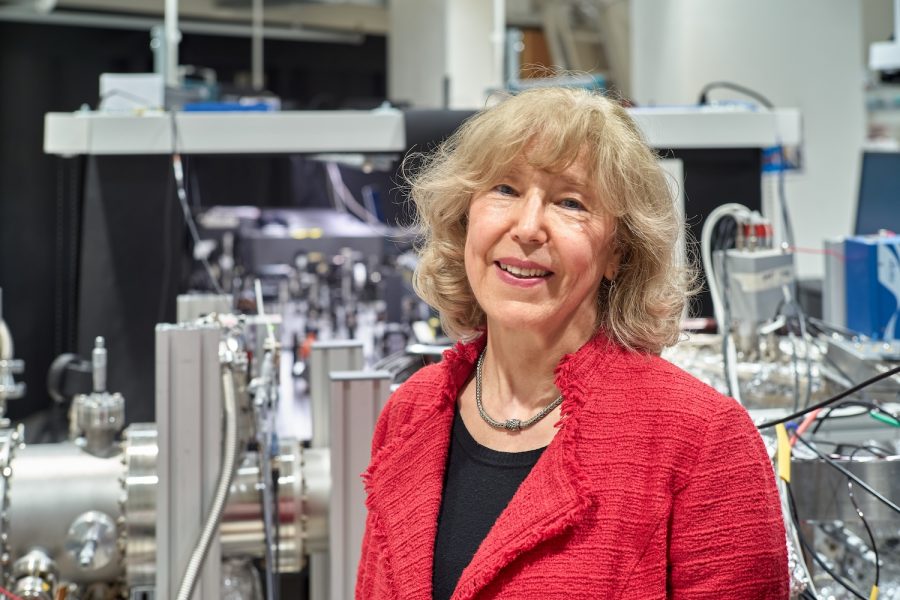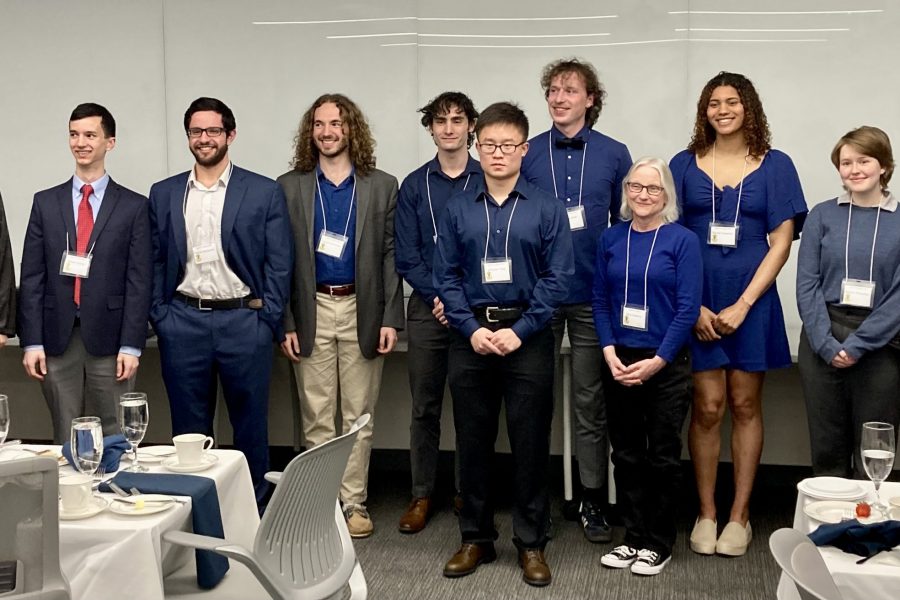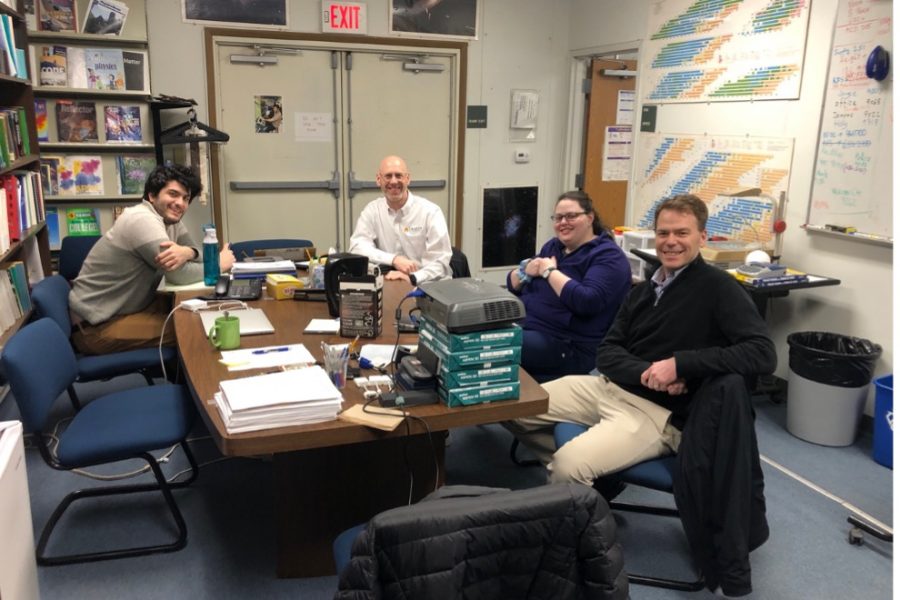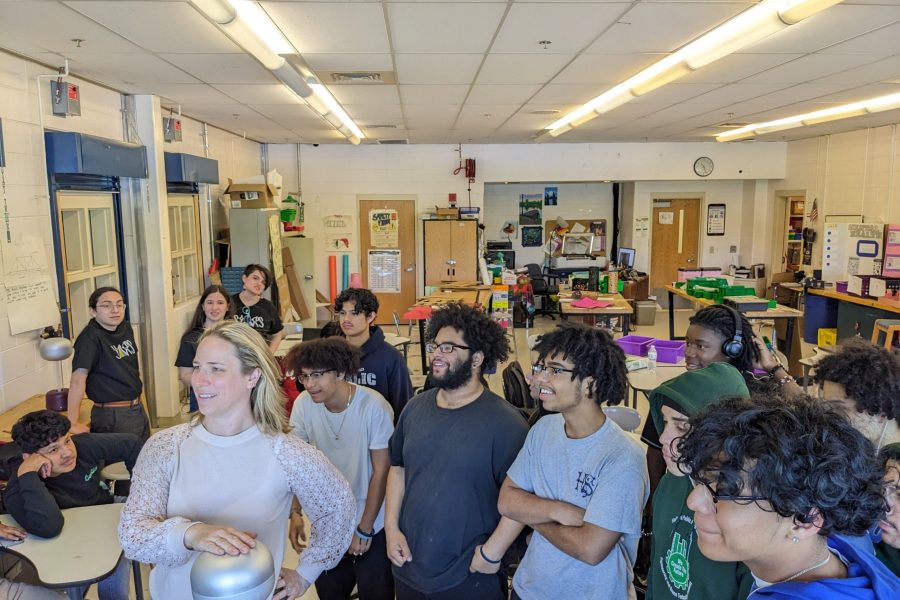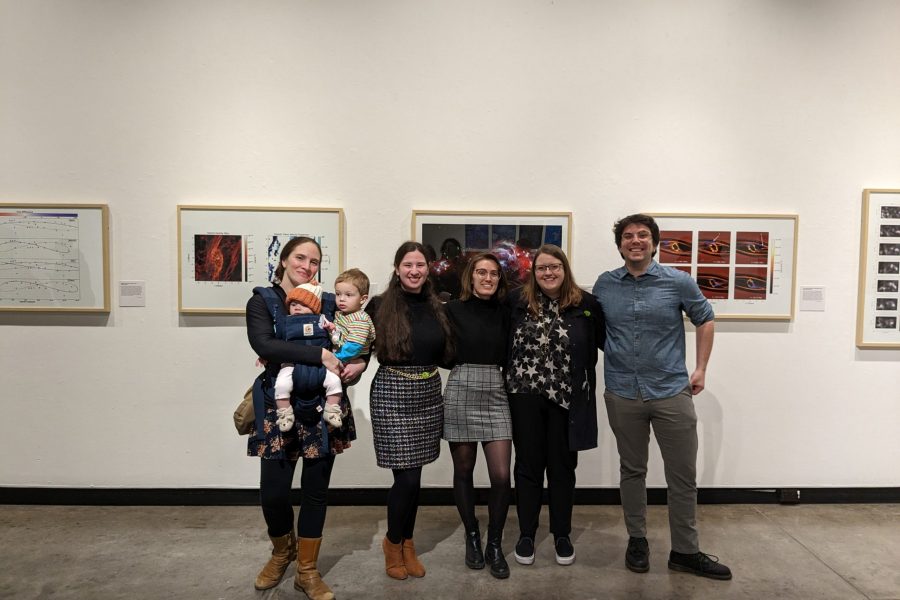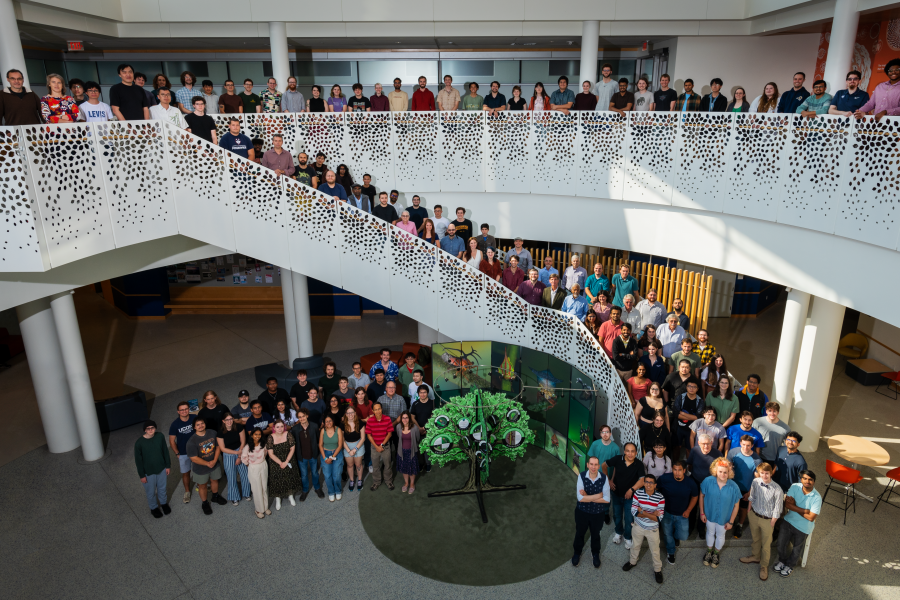 Department of Physics Group Photo Fall 2024
Department of Physics Group Photo Fall 2024 Conference for Undergraduate Women and Gender Minorities in Physics, January 24-26 2025. Group photo.
Conference for Undergraduate Women and Gender Minorities in Physics, January 24-26 2025. Group photo. Physics Professor Nora Berrah Elected to National Academy of Sciences
Physics Professor Nora Berrah Elected to National Academy of Sciences Sigma Pi Sigma induction ceremony 2024
Sigma Pi Sigma induction ceremony 2024 The Mirion Technologies Inc. - UConn Physics Partnership
The Mirion Technologies Inc. - UConn Physics Partnership UConn STARs Visit Hartford High School
UConn STARs Visit Hartford High School The Milky Way Laboratory Contributes to Art Exhibit at the University of Hartford
The Milky Way Laboratory Contributes to Art Exhibit at the University of Hartford UConn Physics Department members rest after ascent of Mount Monadnock near Jaffrey, NH 14-Oct-2023
UConn Physics Department members rest after ascent of Mount Monadnock near Jaffrey, NH 14-Oct-2023
News - research, teaching, outreach, other
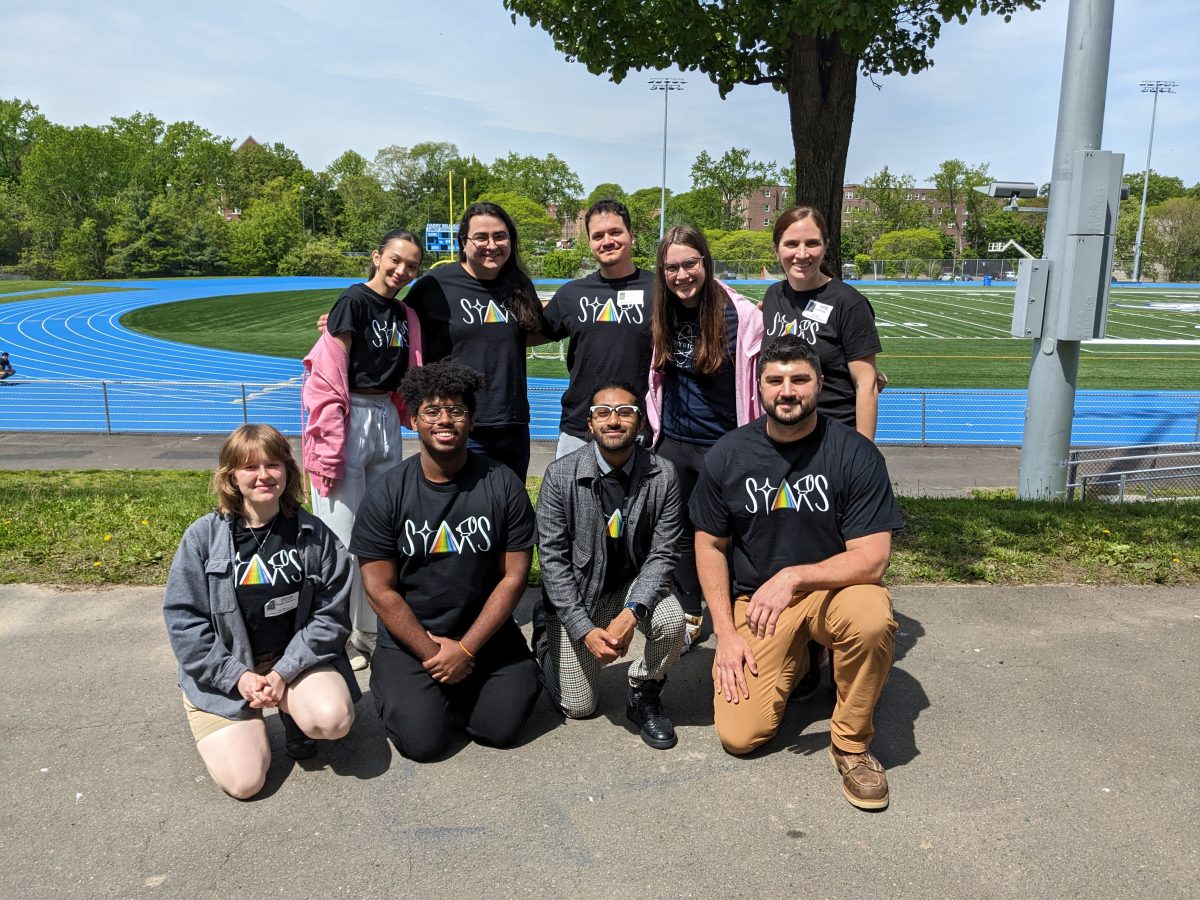
UConn STARs Visits Hartford Public High School in May 2025
The UConn STARs program had its annual outreach event at Hartford Public High School (HPHS) during the week of May 12-16, 2025. We taught four specially-crafted lesson plans to eight classrooms of students and hosted two lunchtime solar telescope observing sessions. The outreach event was a huge success. We estimate that we reached about 170 […]
[Read More]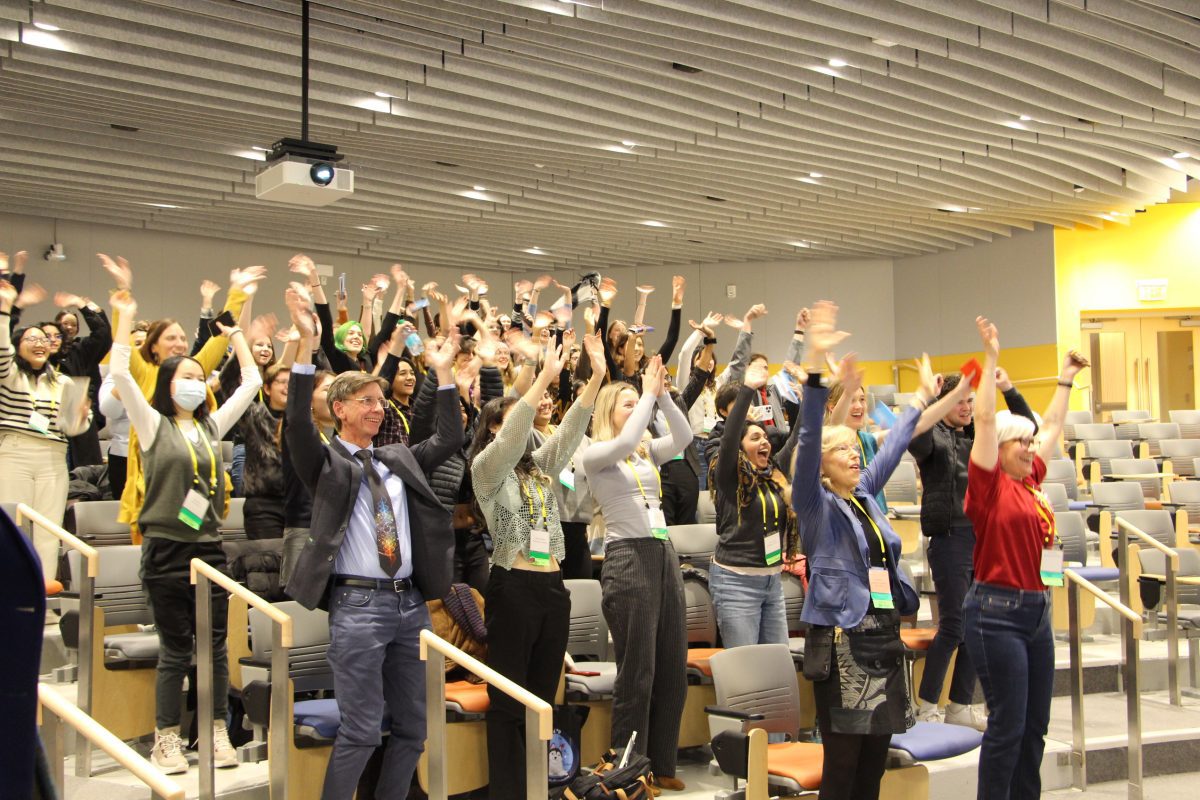
UConn Physics Department hosted the 2025 conference for Undergraduate Women and Gender Minorities in Physics
The Physics Department hosted the 2025 American Physical Society Conference for Undergraduate Women and Gender Minorities in Physics in January 24-26. This was achieved with the support of the College of Liberal Arts and Science, the Provost’s Office, and the Office of Sponsored Programs, the College of Engineering, the Institute of Material Sciences, the APS […]
[Read More]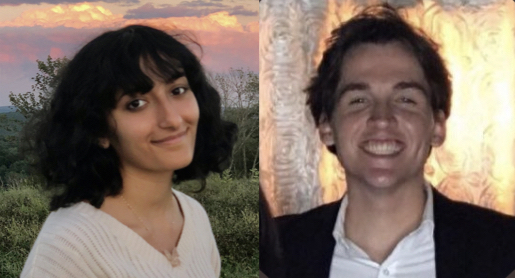
UConn Students featured by Press Releases at the American Astronomical Society
Two UConn students presented press releases at the 245th meeting of the American Astronomical Society, held in Washington, DC on January 12-16, 2025. UConn undergraduate Danya Alboslani presented a new method to map the 3D structures of star-forming clouds using X-ray light echoes. This press release resulted from a paper submitted to the Astrophysical Journal […]
[Read More]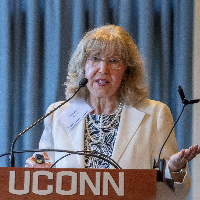
UConn Celebrates National Academies Members
On August 27, 2024, scholars, trustees, and friends of UConn gathered at the University of Connecticut School of Law to honor members of the university community elected to the National Academies of Sciences, Engineering, and Medicine. Established by an Act of Congress in 1863, the National Academy of Sciences was followed by the National Academy […]
[Read More]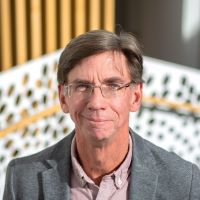
Department Head greeting
Dear Friends of UConn Physics, Last year, I wrote to you as a new Interim Head of Physics and only barely a month into my appointment. During the past year, we conducted a search for a permanent head and I was selected. For this, I am very grateful for the trust and support I received […]
[Read More]
